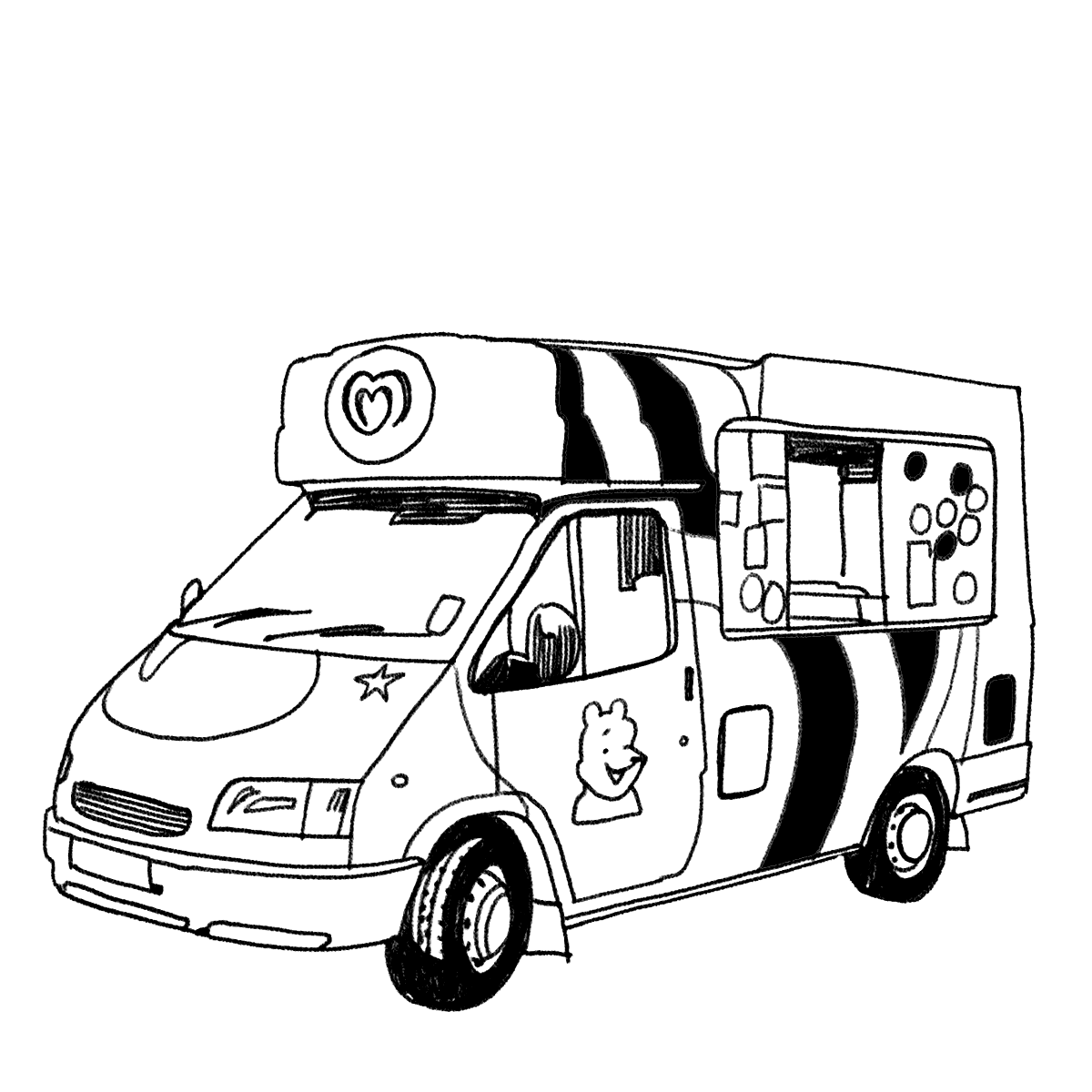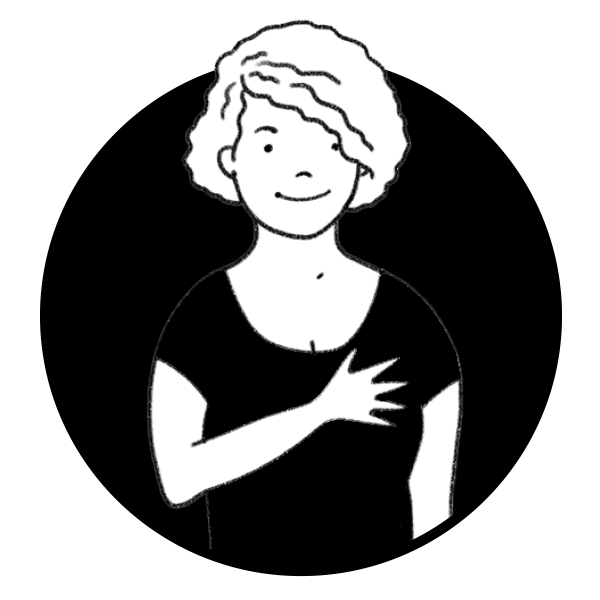Nir Eyal’s Hook Model is really worth thinking about if you are interested in taking consumers from low to high loyalty with your brand. He says that when people go through this behaviour cycle they become hooked. You know you’re hooked when NOT being able to repeat the behaviour/ buy the brand etc is painful to you. (Think coffee, your favourite TV programme, Facebook etc).
The behaviour has four stages…
- Trigger
- Action
- Reward
- Investment
Stage one: Trigger
Addictive behaviours need a trigger point. There are external triggers: like getting an order to do something, or a call to action (advertising). Perhaps more significantly, there are internal triggers driven by our emotional state, and particularly negative emotions. Habits are often formed in responses to bad feelings, where we want to change the state we’re in. (Think misery, think chocolate; think social anxiety think cigarettes…). A negative emotional state triggers the need to ‘get outside’ oneself…
Stage two: Action
Action: is a three-part behaviour that requires the ‘trigger’, the motivation and the ability – they all combine at one and the same time as an action.
We are programmed to do, more than to think – so taking action can be an auto response to a trigger. Imagine, for example, we are feeling low, or bored. We check our email. It’s a habitual response, which we sense can help us feel better by taking us out of our feelings… It’s easy to do (it’s sitting right there in front of us), and we can easily tell ourselves it’s something that needs doing (our motivation0.
Stage three: Reward
This is what hooks us. We get a reward out of our action. Eyal points out too, that actually a variable reward is most likely to create addictive behaviour. (With gambling, you never win every time, but sometimes you do win). Interestingly it’s the anticipation of the reward that really gets the dopamine rushing around our system rather than the reward itself. I guess that explains the thrill of the chase…
Stage four: Investment
This is what keeps us coming back. When you have amassed so much (emotional) capital in a brand, service or experience that you feel ‘invested’ in it. If you have invested something of yourself in a brand, Eyal suggests this ‘loads the trigger’ too to go back to the experience. It’s why sometimes it’s worth getting consumers to do a bit of work to get a reward, so they have invested in the process…
Conclusion
The model works really well to explain the explosion in social media, why we support football teams, and even why some ‘deals’ and price mechanics work well in stores (Sainsbury’s Brand Match fits the model really well). Brand owners may benefit from thinking about how to build in reward (variable reward and the anticipation of reward) and how to invite ‘investment’ from customers so they develop a ‘must have’ relationship with your brand.
PS Eyal wants us to use this insight for good. I agree…



